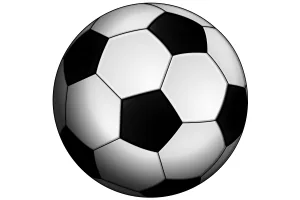Study results published in the January 2012 edition of the medical journal Neurology conclude that while “. . . it is possible that intentional heading in soccer represents a form of repetitive subthreshold mild brain injury over time and could be a cause of chronic traumatic encephalopathy,” this relationship is hypothetical pending the collection of further data over a longer period of time. The researchers also conclude that there is insufficient evidence currently available to warrant the use of protective headgear solely to protect against impact from soccer ball heading, though such headgear could certainly be of benefit in player-versus-player and player-versus-ground or goal post head impacts.

While there is certainly widespread evidence of concussion and other traumatic brain injuries occurring during sporting activities, the researchers review of available prior studies found little or no evidence of concussions caused by single instances of purposeful heading of soccer balls, though there was evidence of concussion caused by the unintentional impact of a high-velocity, just-kicked ball with another player’s head, as well as neck injuries from similar impacts.
The study included biomechanical analysis of both the head-ball impact and of the motion of the head and neck during heading, the authors noting that both the impact to the cranium and the rapid rotational movement of the head could be possible sources of injury. (These rapid rotational movements, which can cause injury due to the impact and compression of the brain against the inside of the skull, are thought to often be the cause of brain injuries in sports and in auto accidents.) The authors concluded based upon this analysis that there was not clear evidence that the forces generated could cause the type of repetitive minor brain injuries that can result in conditions such as CTE. While not recommending the use of protective headgear based upon the current data, they also noted that “possible detrimental effect from repetitive subconcussive heading may only become clinically evident decades in the future.”
Traumatic brain injuries and other trauma resulting from sporting events, particularly events involving children, are incidents that should be thoroughly investigated by legal professionals who specialize in personal injury claims of this type, such as the Edward A Smith Law Offices.
